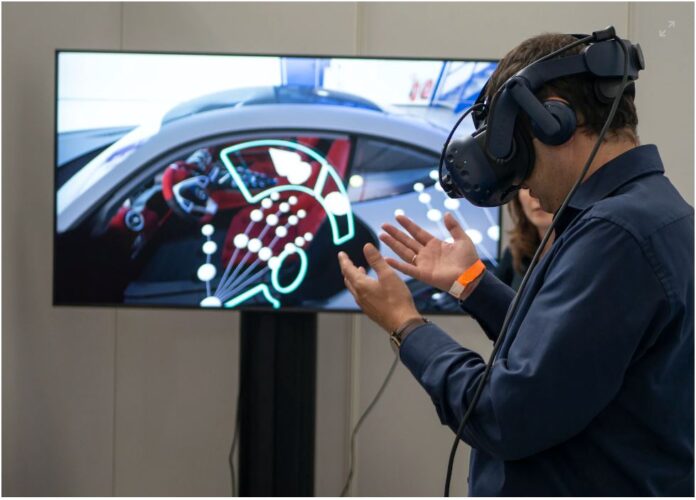From transporting us to distant countries in an instant and giving us a taste of a holiday, to putting us in action simulations and situations that we never thought possible, the opportunities that virtual reality technology presents are seemingly unending. The main users of VR at the moment are those that play games through expensive headsets and setups, but the uses extend far beyond that sphere, and in many ways, it’s just a testing ground for what can be achieved with it.
Interested to hear more about virtual reality, how you can get involved with the technology currently, and where it might be headed in the future? Take a look at this short guide, which will go into some more detail on what’s on offer currently within the market, and what the future might look like for VR.
VR – What’s to offer
There is a range of different virtual reality kits out there, ranging in price and fidelity. Here are a few different varieties to help you get started:
A basic introduction
If you want to give VR a try and get involved and comfortable with the technology, there are plenty of cheap proof-of-concept headsets out there that you can try without having to splash the cash on something serious. Using your smartphone to download compatible apps, you can use a cradle attachment that puts your mobile screen through lenses or even build one yourself using a cardboard design found online.
Extreme immersion
As an example of the other, more expensive end of the spectrum, hardcore PC enthusiasts will recommend headsets such as the Valve Index or Oculus Rift S, which achieve the most impressive results, but typically at a hefty cost. Additionally, you’ll need to have a PC base station to run these futuristic headsets, and so there’s even more money involved if you’re starting from scratch. It’s perhaps for this reason that many bars and arcades are starting to offer a VR component, allowing people to experience fully-fledged VR without forking out for setup of their own. For those living in restricted apartments, space is, of course, also an issue.
Wire-free future
Despite offering levels of realism and fidelity that some of the cheaper VR headsets simply aren’t able to attain for the price, some of the top-end virtual reality headsets are held back (quite literally) by the number of cables they require to get up and running. Many believe that in order to attain the freedom of movement needed to be truly immersed, there needs to be a wire-free future.
The Oculus Quest VR headset is a good example of this theory being put into practice, and it’s proving quite the popular option. This headset uses in-built hardware to run games, no longer requiring you to be hooked up to a base station PC to draw the power. There are, of course, some limitations to this option, but it might just be the way forward.
What tomorrow looks like?
3D/Virtual reality is being mainly experimented within the gaming and entertainment-based markets, from video games such as the revolutionary Half-Life: Alyx from Valve, to immersive theme parks, ride experiences like Disney World’s Avatar: Flight of Passage, which sees the combination of augmented imagery with other sensory simulations and tech. However, it’s already beginning to be adopted into different markets, too.
Here are a few key examples of VR being used for a purpose that you may not have thought of:
Investment
Particularly during a time like now, where many people are being forced to work from home and isolate due to the COVID-19 pandemic, virtual reality is showing its worth and potential as an integral tool. Innovative property investment companies such as RWinvest are using the technology in order to provide ‘virtual viewing’ experiences to investors remotely, allowing them to still capitalize on the thriving market from the comfort and safety of their own home. Of course, on a more general level, this strategy has already been in place for a while with international investors, and these evolved levels of interactivity are becoming a must in the investment world.
Simulation
For environments that can’t be prepared for in any other way, such as space exploration, for example, special measures are being put in place that uses VR alongside other equipment. One interesting use is within NASA, who have spent millions developing a competent training facility that combines VR with anti-gravity to give trainee astronauts an idea of what it will be like out there in space when they finally go into orbit. Exciting stuff!
Training
Again, similar to the simulation aspect, medical practices such as dentistry and surgery are increasingly using VR in order to train new starters. It allows them to get immersed with the first-hand experience, without, of course, operating on a patient without being qualified. This level of training is a step beyond anything that might have been taught before, and it’s better than standing over the shoulder of a teacher in many cases.









